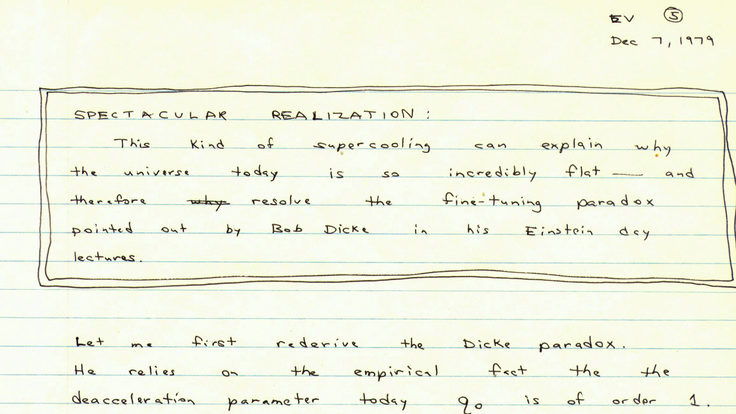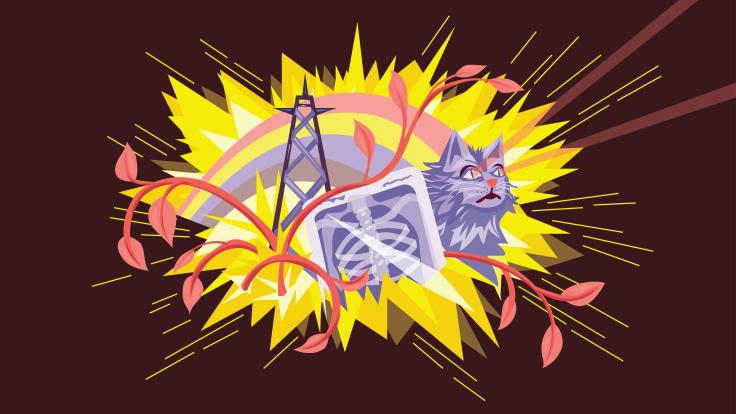Steve Myers, CERN's Director for Accelerators and Technology, presented the LHC schedule for the next 10 years today in the first plenary presentation at the International Conference on High Energy Physics. Myers also presented his predictions for the amount of data that the LHC may collect over the same time period. These predictions over the next few years will be scrutinized closely by scientists at Fermilab's Tevatron, who have proposed extending the accelerator's life for a further 3 years.
CERN has previously announced a year-long LHC shutdown in 2012 to repair connections between the accelerator's thousands of superconducting magnets. The schedule announced today states that the shutdown will last 15 months, after which the LHC would run for approximately three straight years, until November of 2015. Another 15-month shutdown would follow in 2016, to prepare the accelerator to run with even more intense proton beams.
Unlike the 10-year plan for the LHC, which was agreed to by CERN management, Myers stated that his luminosity predictions are just that: his predictions, to be taken with a large amount of salt. It's been well known that CERN aims to deliver one inverse femtobarn of data to the experiments by the end of the 2010-2011 run, an amount of data that would bring it up to the level of the Tevatron in the searches for some new particles. Myers' new prediction for the amount of data to be delivered by the end of 2014 - the same year that an extended Tevatron run would end - is 30 inverse femtobarns. In comparison, the Tevatron would have delivered approximately 20 inverse femtobarns of data to the CDF and DZero experiments.
But, as CDF's Ben Kilminster notes, the numbers don't tell the whole story. Myers' predictions state that almost 21 of those 30 inverse femtobarns will have been delivered in the final year of running, which means that all would need to go as planned during the LHC's 2012 shutdown and the following two years of running. Whereas the Tevatron, as a mature machine, is already up to speed and would be continually cranking out data from now until the end of its life. And when it comes to the hunt for the Higgs, the CDF and DZero experiments have years of running experience and very well-understood detectors on their side, which the ATLAS and CMS experiments are just beginning to feel out their new detectors with the first data. So look for much more to come on the race between the two accelerators to crank out collisions, and the possible extension of the Tevatron's run.







